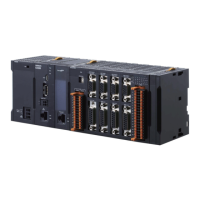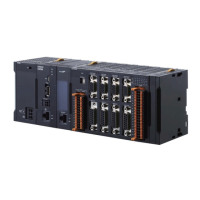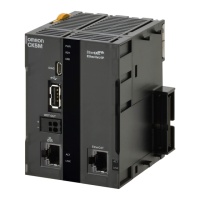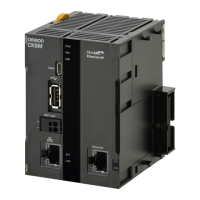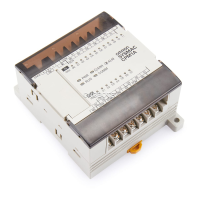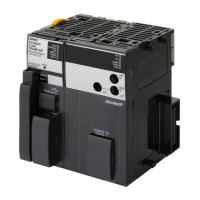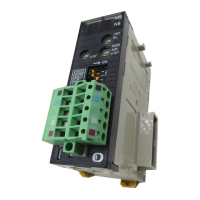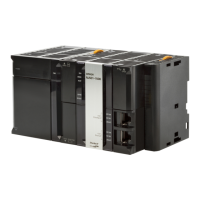Terms and Definitions
Terms Descriptions and Definitions
Node Controllers and devices are connected to an EtherNet/IP network through EtherNet/IP ports.
EtherNet/IP recognizes each EtherNet/IP port connected to the network as a node.
This means that a connected device that has two EtherNet/IP ports is recognized as two nodes.
EtherNet/IP achieves communications between Controllers, or communications between a Con-
troller and devices, through data exchange between the nodes connected to the network.
Tag The minimum unit of data that can be exchanged over an EtherNet/IP network is called tag. A tag
is defined as a network variable name or physical address and allocated to the memory area of
each device.
Tag set In an EtherNet/IP network, data can be exchanged in a data unit that is composed of two or more
tags. A data unit that is composed of two or more tags for the purpose of data exchange is called
tag set.
Tag data
link
EtherNet/IP supports cyclic exchange of tags and tag sets between nodes without the need for a
user program. This function is called tag data link.
Connec-
tion
The unit of data exchange is called connection. A connection is composed of tags and tag sets.
Opening a synchronous tag data link between specified nodes is called “establishing a connec-
tion.” Once a connection is established, the tags and tag sets that compose the connection are
exchanged synchronously between specified nodes.
Connec-
tion type
There are two connection types for tag data link connections. They are multicast connection and
unicast (point-to-point) connection. Multicast sends a single output tag set in a packet to multiple
nodes. On the other hand, unicast sends a single output tag set to each node individually
. This
means that multicast allows a single output tag set to be sent to multiple nodes with less communi-
cations load.
Originator
and target
T
o perform tag data link communications, one node makes a request to open a communications
line called “connection.”
The node that requests to open a connection is called “originator”, whereas the node that is re-
quested to open a connection is called “target”. The data that is communicated by these nodes is
called “originator variables” and “target variables”, respectively.
T
ag data
link pa-
rameters
In tag data link settings, tag data link parameters refer to a set of setting data that consists of “tag
settings”, “tag set settings”, and “connection settings”.
RPI An abbreviation for Requested Packet Interval. Represents a data refresh period set for each con-
nection between originators and targets on an EtherNet/IP network.
EDS file EDS (Electric Data Sheet) is a text-based file that provides device-related information to a pro-
gramming software.
Y
ou can use EDS files provided by EtherNet/IP device manufacturers to easily configure connec-
tions.
Power
PMAC IDE
This is computer software that is used to configure the PMAC, create user programs, and perform
monitoring.
PMAC is an abbreviation for Programmable Multi-Axis Controller.
Terms and Definitions
7
CK3E/CK3M/CK5M Series EtherNet/IP Connection Guide (O903)
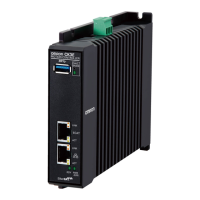
